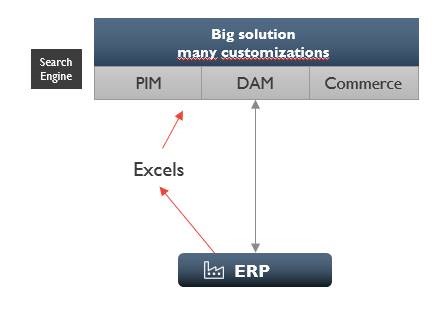/blog_Customer_architecture-banner-750x400-(1).webp?mode=autocrop&w=320&h=320&attachmenthistoryguid=3f11d173-e412-4518-b07c-1f03e30ba5fa&v=&c=059b84c77faaddededcc7d714767b1ed5483bed0923cda1235108b282d5e7df7)
Effortless experience in practice: the architecture behind great customer interactions
- sales, marketing and service
- people
- IT
Remove friction to boost success, for customers as well as employees: that’s the core of ‘effortless experience’. But what does that mean for your enterprise architecture and software infrastructure? Which tools should you use, and how should they interact? How can data move through the organization in a way that empowers employees and delights customers? Software architect Wim Meerschman sketches out an elegant and powerful solution.



/blog_Sales-Excellence-Website-720x360-(1).webp?mode=autocrop&w=320&h=240&attachmenthistoryguid=eea03540-c20f-4b01-8ecc-aa432518b46c&v=&c=9b9d1f49bc7640aee80678ce5983e38c23c29e88a1370ca4f57c2a27cd9af630)